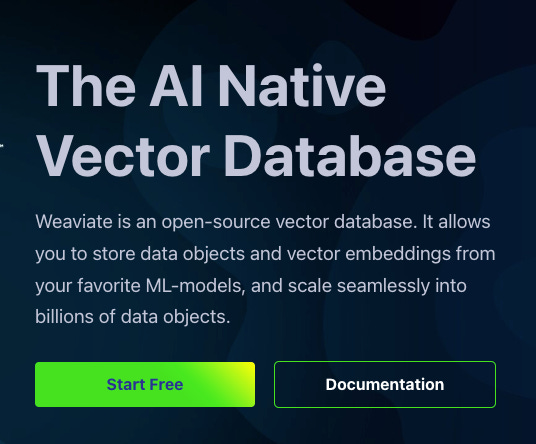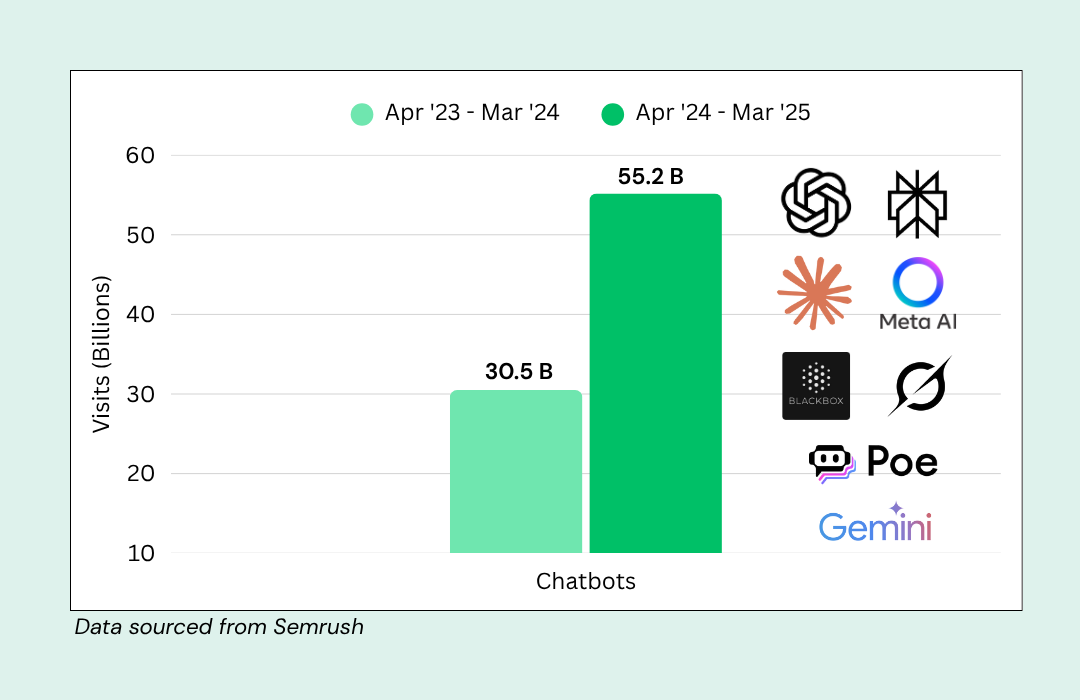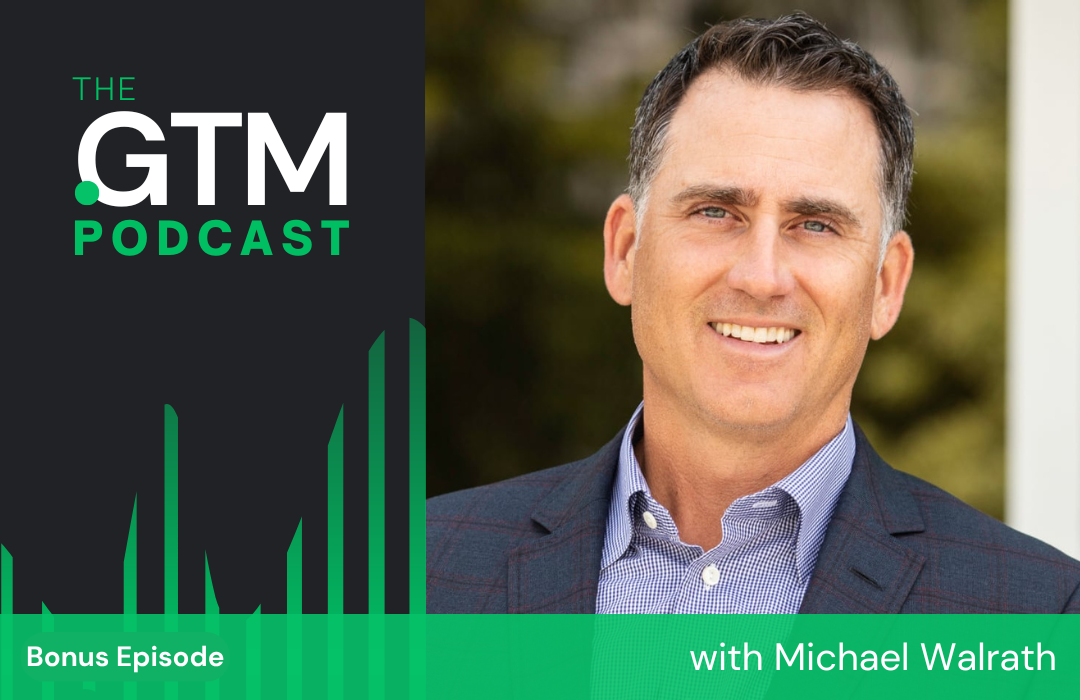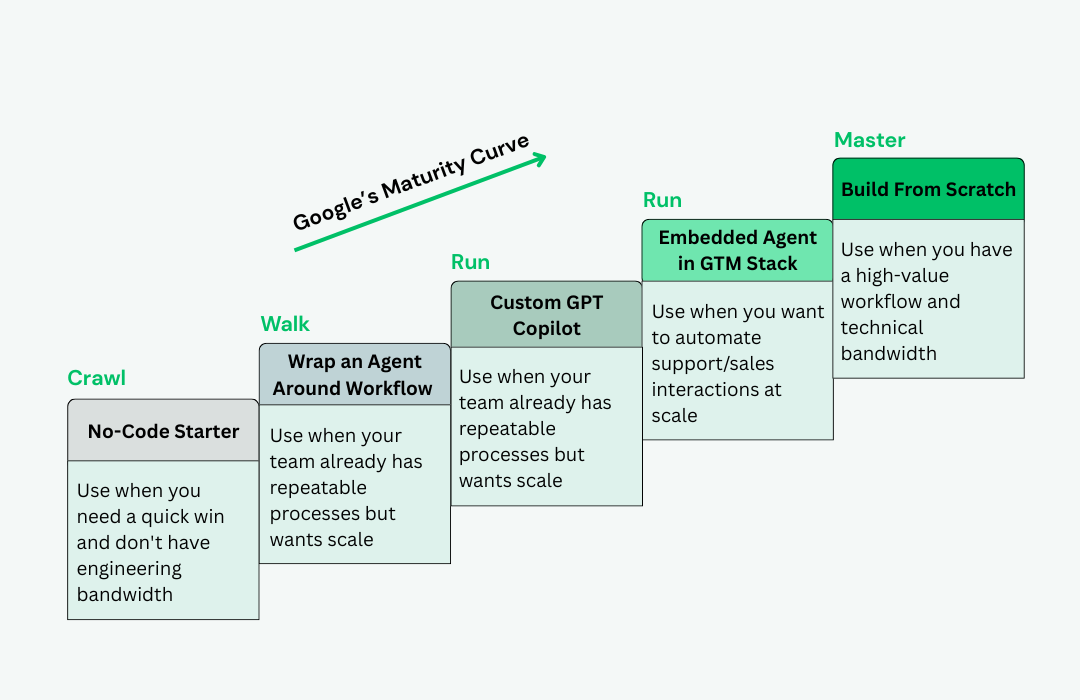Sales Process, Forecasting and RFPs w. The Former CMO of Watson Commerce 🗣

Another week in the books 📚
Every month we run an internal GTM session for our founders.
Thanks for reading The GTM Newsletter! Subscribe for free to receive new posts and support my work.
These are typically closed sessions led by one of our Limited Partners who have 15-20yrs of experience in a specific area.
This week we talked through sales process, revenue forecasting and RFPs specifically for early stage founders.
We’ve already been reflecting on whether we should start opening up regular GTM sessions to an external audience and this one was just too good not to share…
Would you tune in if we made some of these public?
Anyway, let’s get into it.
Sales Process, Forecasting and RFPS w. The Former CMO of IBM Watson
This is from an internal fireside chat I did with Russell Scherwin, former CMO at IBM now GTM Advisor, Facilitator at Force Management.
Scott Barker:
Let’s start by setting the table. Russell has been a C level executive and individual contributor in sales and marketing throughout his career. Worked at a variety of companies both large and smaller in size. Formerly the CMO at IBM and recently a CRO for earlier stage VC and PE backed companies. He currently does GTM advisory and facilitates Force Management.
What am I missing Russell? Did I catch it all?
Russell:
You got it Scott, the only thing I’d add is that I’m currently on a sabbatical trying to figure out how to be a better father haha. I got one trick to share on that which is that being a parent and being a salesperson are two highly transferable skills.
Scott Barker:
Maybe that’ll be a convo for another week!
Alright so to kick it off, I want to ask, If you currently forecast revenue at the early stage, who should be involved in that process?
Russell:
Upfront I would say, those who are selling in the early stage. The key is the sellers, the VP of Sales, and the Founder. You want to keep it simple but you also want to lay out the foundation of the guardrails for a process that’s at scale.
Russell:
Also before we jump in, I want to call out a pet peeve of mine, that having a closed lost status of “do nothing” is bullsh*t. The purpose of a business is “I’m going to invest my capital/time and do something to make more money than I can make in treasury bonds.” The reason why I highlight that in this economic climate, is there’s a lot more scrutiny on deals which means you’re not just competing against your competitor but you’re competing against other projects for the same budget. That tells me that your champion was unable to sell the project over competing projects internally. Doing nothing equals “we weren’t able to sell the financial value of the project”. The winners vs losers are those who are going to be able to sell financial value to financial stakeholders.
Scott Barker:
Absolutely, and competition is heating up. Flight to quality is what a lot of people are talking about in VC land and that’s also showing itself in that companies are only solving the highest quality problems they have as well.
Alright Russell, let’s quickly take a step back. Why is it important to create accurate revenue forecasts even for early stage startups?
Russell:
It’s about predictability. If you’re a founder, you’re likely not in it for a quick hit, which means building a scalable business. The reason why forecasting is important is because:
#1 It’s about setting a baseline, creating rhythm, and more importantly, consistency is going to breed predictability. When talking about achieving PMF, laying down a process that drives predictability and consistency is going to set the foundation for a scalable go-to-market motion.
#2. At scale you want to have data. You want to be able to look at historicals, the earlier you start a forecasting process, the earlier you’re going to have data that’s going to allow you to overcome your confirmation bias’ and the confirmation bias’ of your managers as you start to scale out and start to hire people who you’re not as intimate with.
I want to add that this isn’t just a sales thing; marketing should be forecasting leads as well, and for me as a CRO, I want to know “If I invest X in, when am I going to get Y out?”
To build a scalable business I want to know what’s coming out on the other side so that I can build and expand that model.
Scott Barker:
Without that predictability it’s super tough for you to do any level of planning for your business.
What’s essential after that? For creating an accurate revenue forecast at the earlier stage?
Russell:
Yeah that’s the key question. It’s 100% about sales process.
From my years and experience working as a seller, a CRO, and an advisor, there’s only 3 things that matter in a sales process when it comes to forecasting.
At the top level, It should be buyer driven. The philosophy I have is, a sales process is really just a segment of your imagination until you’ve attached to a buyer process.
So here are the 3 things you need to look out for that every sales cycle does:
Step 1. Attach. You have to attach to a real business problem: Why should they buy and why should they buy now? Has my team attached to something that’s meaningful, to something that needs to be solved with urgency. You need to be able to assess and validate that you have attached to a problem worth solving. If you haven’t done that, you don’t have a sales cycle.
Step 2. Differentiate. The buyer must validate with a decision criteria that favors you, that your differentiators are key to their decision criteria and required capabilities. You need to differentiate yourself and why you’re solving that problem. This is validated by the customer in an articulated decision criteria.
Step 3. Execute: The mutual action plan, all that means that if you’ve attached to a problem that needs to be solved, you need to agree clearly to the customer on the steps that you’ll be taking together to achieve the problem resolution that you’ve attached to. And when you and the buyer have agreed to steps to solving the problem that’s important to them, you’ve attached to a real buying cycle with real value and urgency, that a qualified buyer has agreed to which means this isn’t your sales cycle, it’s their buying cycle. Which quite frankly is the only way that predictability exists in sales.
Attach, Differentiate, and execute. If you can manage all those things effectively, you’re going to find consistency and predictability in your sales cycles.
Scott Barker:
So you outlined attach, validate, and execute. My next question for you, is there a best practice for how many stages you should have? How many do you find is a good number so it’s not overly complex?
Russell:
Every company and PMF has its own dynamics on how to align with a buying process. You need to understand the motion that works for your market and build the most simplified sales process that’s going to work for a) the forecasting function b) for driving seller behavior and c) addressing stakeholders (like VCs or your CFO). The best sales process is the one that your company adopts that’s aligned to the way your buyers want to buy.
One thing I can infuse for early stage companies: Did you want your boss to set clear expectations? And the answer is, of course. So, why wouldn’t you want to set clear expectations and a clear contract for what you want to happen in a sales cycle. That’s going to guarantee consistency and save time. Process is a really good thing when it’s done for the right reasons.
Scott Barker:
Could you give some examples for the gates you would set up for those stages? The different stages through the forecasting journey.
Russell: Yeah absolutely Scott. Let’s take a simplified sales process:
Step 1. Are they interested? This can be as simple as taking a meeting. That’s going to validate that there’s some intrigue or interest.
Step 2. Is there an aligned value hypothesis? We’ve articulated the value hypothesis and the customer agrees with it – are we associating our value hypothesis with solving a problem? Is this attached to a strategic initiative? There’s more to it than checking the box of having a value hypothesis.
Step 3. Are we proving out the value hypothesis? Do we have a mutual action plan that lays out? What is the success criteria for this event? Are we getting the economic buyer involved?
Step 4. Are we entering into a commercial agreement? The customer verified outcome from there is, do you have a contract signed?
The next step is adoption. The most successful outcome is a referenceable customer and renewals that don’t take a lot of backbreaking labor.
When we are aligning our value hypothesis with the way Customer success managers manage that adoption stage, that’s what drives churn decreases and long term cost of sales going down. Making sure that that adoption stage is aligned with that value hypothesis.
Scott Barker:
It sounds like a lot of accurate forecasting comes down to the fundamentals of having a tight sales process that you can coach/manage again and gain more visibility.
I wanted to ask you a founder question that came through. The question is, How do you review deals in RFP when it comes to revenue forecasting? How do you handle larger RFP’s?
Russell:
Ok so let’s break this down into two sections. The RFP’s that you’ve written and those you haven’t.
For the ones you’ve written, If you helped to write it then it means you’re probably speaking with decision makers or at the very least influencers. Where there’s an RFP, there’s a buying process. And therefore you should understand where the RFP fits into the buying process and then you should understand enough understanding of the organization between your champion and procurement, to understand A) when they need to be live, and then B) A gut understanding how the company works to forecast if they’re going to hit their targets or not.
The hard part is the ones you haven’t written. The common logic is “if you didn’t write it, don’t respond.” Which I don’t buy into. When I see an RFP come into the fence, my instinct tells me that my chances of winning are now sliced in half.
Here are 2 things to think about:
#1. Where there’s smoke there’s fire. What you can do when you come across an RFP is you can look at the RFP and then you can look at the company’s business model. When you see a problem statement and you study the company’s business, their competition, you have the ability to go in and ask questions and hopefully find a wedge of the outcomes they’re trying to drive. So now you can ask them what’s driving these requirements? What outcomes are they trying to drive and what aren’t they thinking of?
#2 In a nutshell, if you didn’t write the RFP, assume it’s going in the trash can. But if you can reframe the way they’re looking at the problem statement, don’t just respond to the RFP, go in there ask them how they arrived at those requirements and desired outcomes, and see if you can start shaping the process by the simple fact that you probably know more about the problem statement than they do.
Don’t focus on answering the RFP, focus on whether they’re asking the right questions. By doing so, you’re going to help them be better stewards of their own business.
👀 More for your eyeballs:
Who says all that we have to consume is go-to-market content?
All work and no play makes jack and jill dull humans. f you haven’t seen this yet from one of my favorite artists, it’s magical.
👂 More for your eardrums:
-
Kathleen Booth, SVP of Marketing at Pavillion, and I had a great chat on why community is the new google, managing your board and overcoming imposter syndrome.
🚀 Start-ups to watch:
Congrats to Weaviate on their Big Series B announcement to meet the soaring demand for AI. Big things coming.
🔥Hottest GTM job of the week:
Founding AE at Pocus, more details here.
See more top GTM jobs here.
It’s a good day to be a day, be happy.
Appreciate all your support and kind notes I get each week. If you’re finding these valuable, please share it out with a colleague.
Enjoy your weekend.
I’ll leave you with a Terrance Mckenna quote that’s been rattling around my noggin’ over the last few weeks:
“Nature loves courage. You make the commitment and nature will respond to that commitment by removing impossible obstacles. Dream the impossible dream and the world will not grind you under, it will lift you up. This is the trick. This is what all these teachers and philosophers who really counted, who really touched the alchemical gold, this is what they understood. This is the shamanic dance in the waterfall. This is how magic is done. By hurling yourself into the abyss and discovering it’s a feather bed.”
Barker✌️
Thanks for reading The GTM Newsletter! Subscribe for free to receive new posts and support my work.







